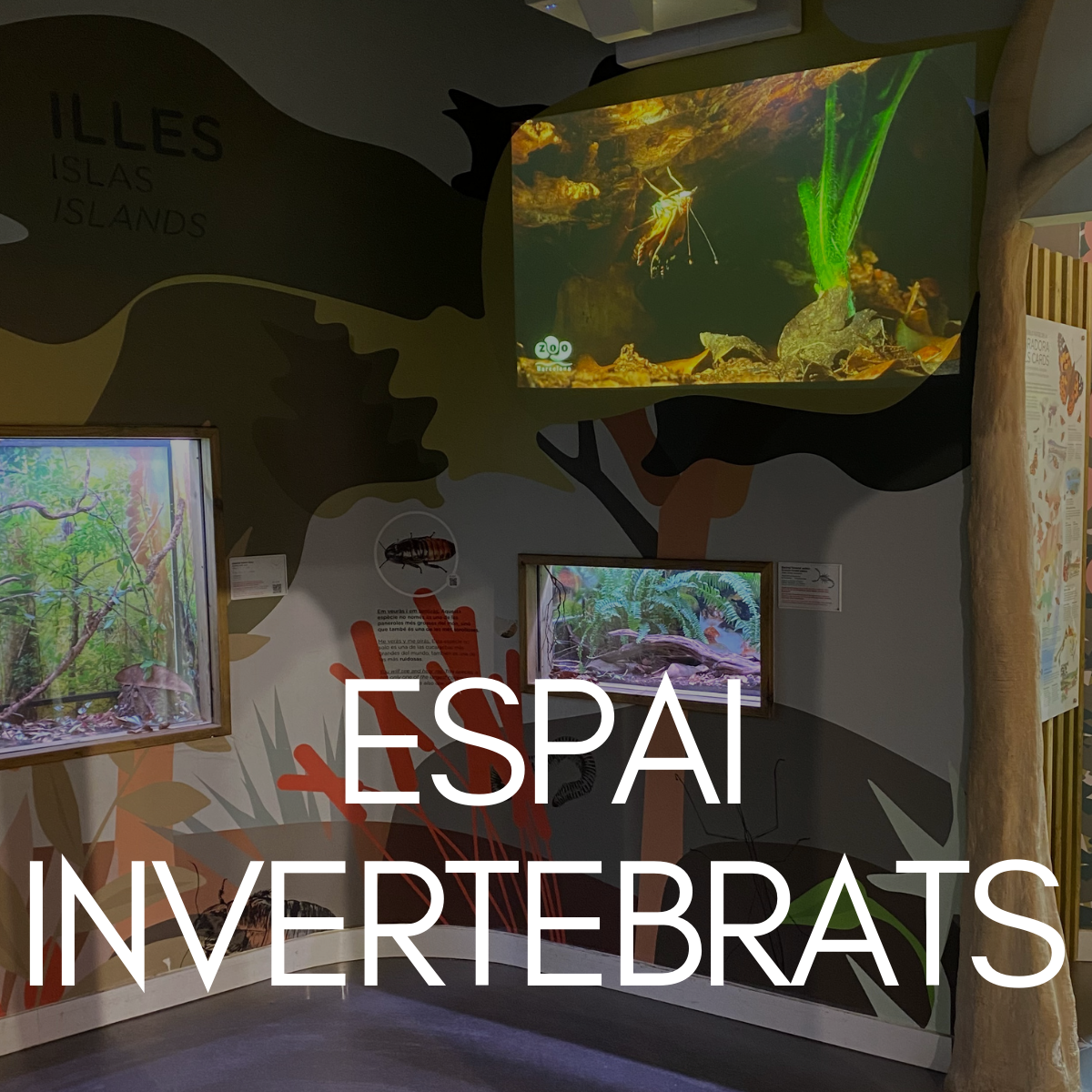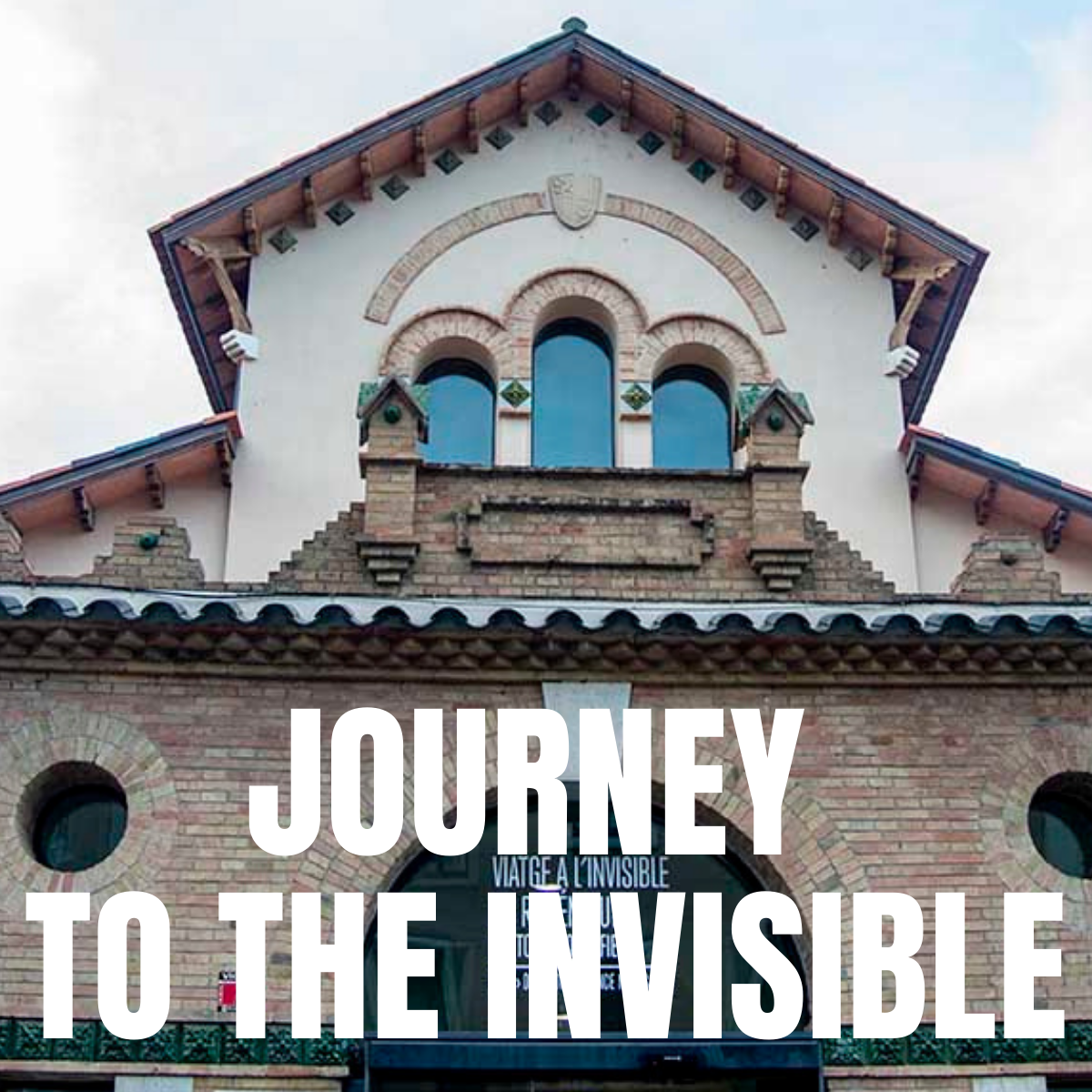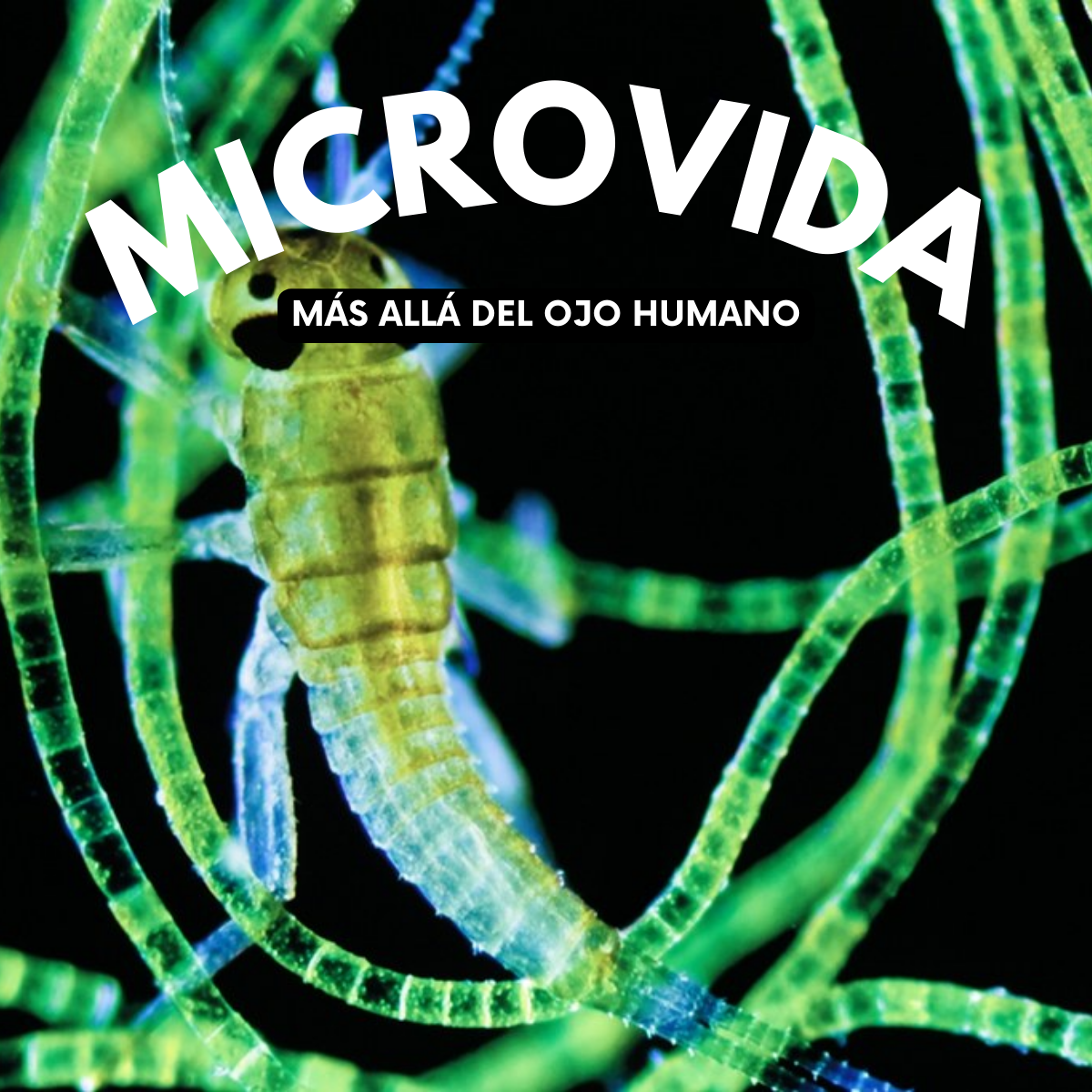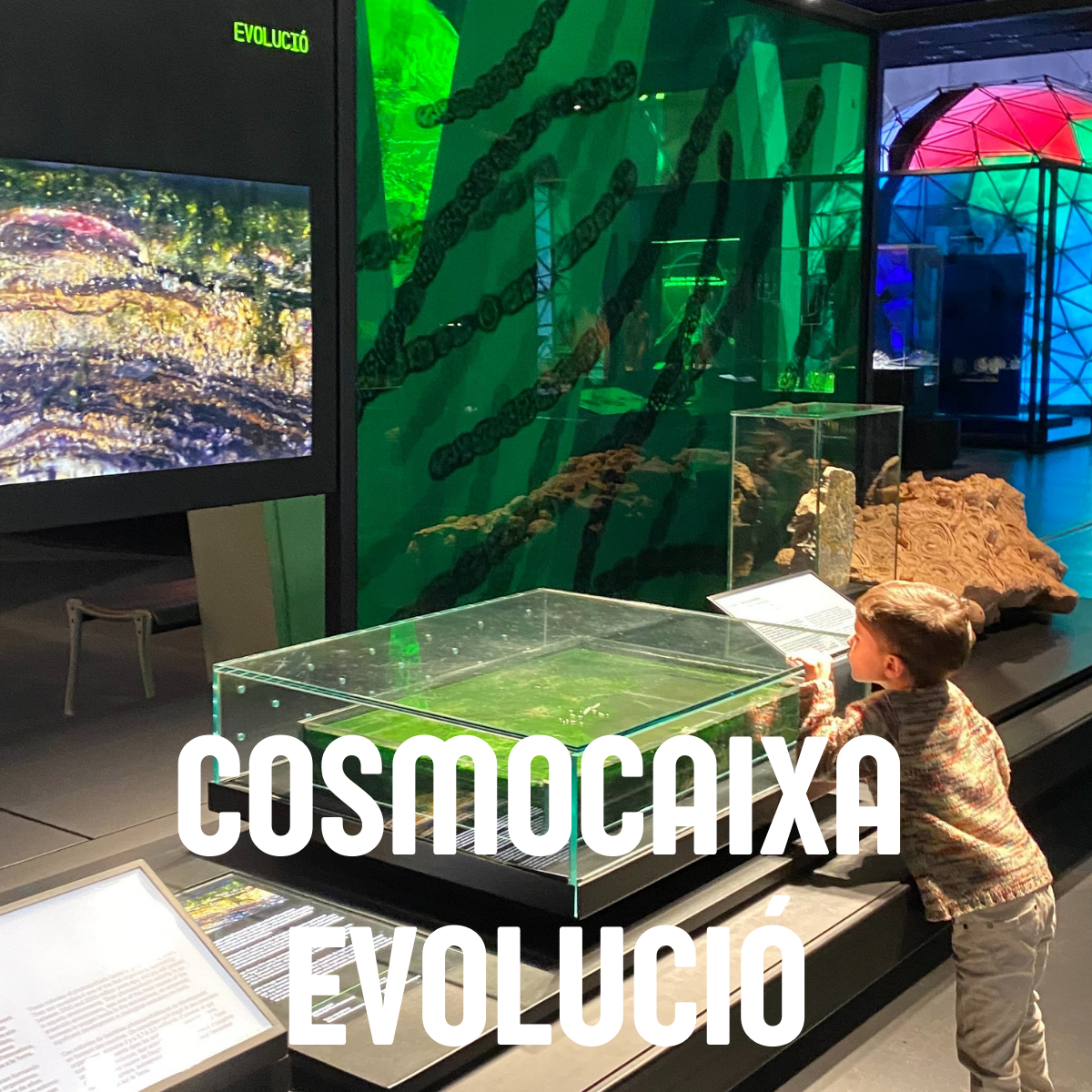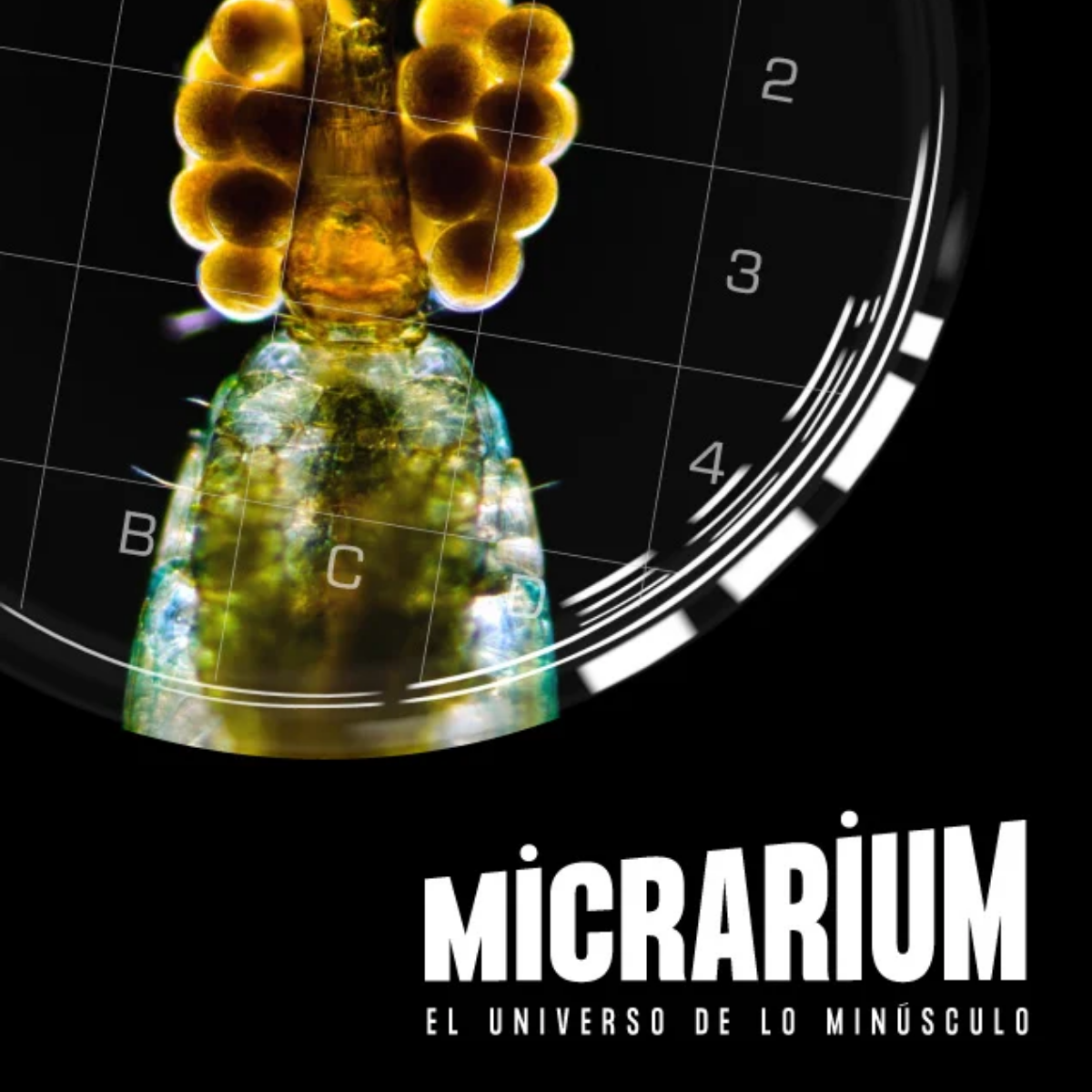Cosmocaixa Evolution
The Evolution section, one of the three areas in the Universe Hall, spans the period that begins with the origin of life about 4 billion years ago, and traces its history, from the appearance of the first unicellular organisms, extraordinarily simple microorganisms, to the first steps of humanity.
Evolution shows us the progress of life on Earth, an endless path toward complexity, using resources that include living animals, stereoscopic photographs, cutting-edge digital reproductions, and fossils of spectacular beauty and great scientific value, which help us understand the secrets of life and the mechanisms that govern evolution on our planet.
Science into Images has collaborated in the creation of some of the content in the Universe Hall:
- 1.- Microbial mat from the Ebro Delta
- 2.- Photograph of the microbial mat
- 3.- Winogradsky column
- 4.- Stereoscopic images of Biomimicry and Reproduction
- 5.- Videos of the Reproduction Revolver
One of the first modules in the Evolution section is a microbial tapestry showing live cyanobacteria. These prokaryotic organisms were among the first life forms to populate the planet and are the best example to represent the origin of life. Also, on a table dedicated to genetics, the structure and functioning of RNA and DNA, the molecules key to the conservation and transmission of inheritance, are interactively displayed.
The Evolution section also surprises us with the exhibition of the remains of a Deinotherium, whose name means ‘terrible beast.’ It was a mammal belonging to an extinct genus, a relative of current elephants, and was one of the largest animals to have ever lived in our territory. An adult male could weigh up to 12 tons. Finally, we will see the major milestones achieved by different hominin species along the path leading to the emergence of our species, Homo sapiens, such as upright posture, bipedal locomotion, tool making, mastery of fire, and the development of symbolic intelligence.

